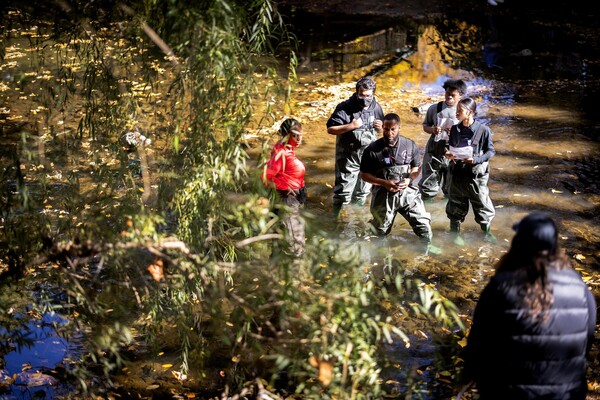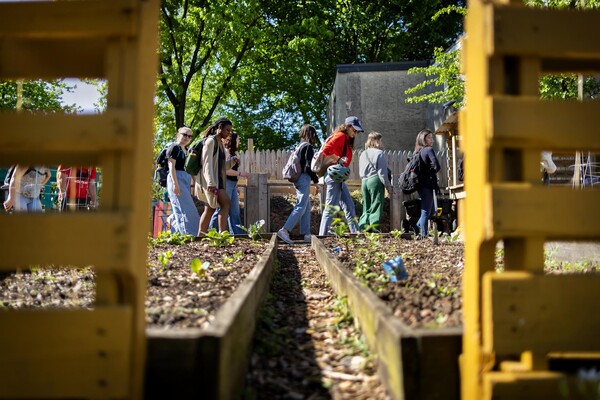Researchers blog about Kenyan archaeological excavation
Jeanne Leong
For the first time ever, work by researchers with Penn Museum’s archaeological excavation at the Laikipia Archaeological Project in north-central Kenya is being chronicled in a blog, as well as in photos and film.
Kathleen Ryan, a consulting scholar in the African Section at the Museum, is leading the group of researchers, which includes several Kenyan archaeologists. The excavation is focused on a period 4,000 to 5,000 years ago, Ryan says.
“Our interest is in the transition from the Later Stone Age, when the area was occupied by hunters and gatherers through the Pastoral Neolithic, when pastoralists herding cattle, sheep, and goats entered the area from the north,” she explains.
The researchers will try to uncover how people and animals co-existed, Ryan says. “Did they interact peaceably? Did they share food resources such as wildlife or domestic livestock, wild plants, honey. Was either group drinking milk? Were the incoming pastoralists already lactose tolerant?”
Amy Ellsworth, Penn Museum's digital media developer, will blog throughout the trip, which will last until May 13, and film what the researchers uncover. Jennifer Chiappardi will document the expedition in photos.
During the expedition, the team will also travel south to Maasailand where Ryan has been engaged in ethnobotanical research and education since 1993. In an effort to preserve local knowledge and pass it on to future generations, she organized two field schools in 1999 and 2000. Ryan will also work with local Maasai elders in describing traditional medicinal uses of various plants for both humans and animals.
Follow the blog at: http://penn.museum/blog/kenya/.
For more information about the Laikipia Archaeological Project, click here.







